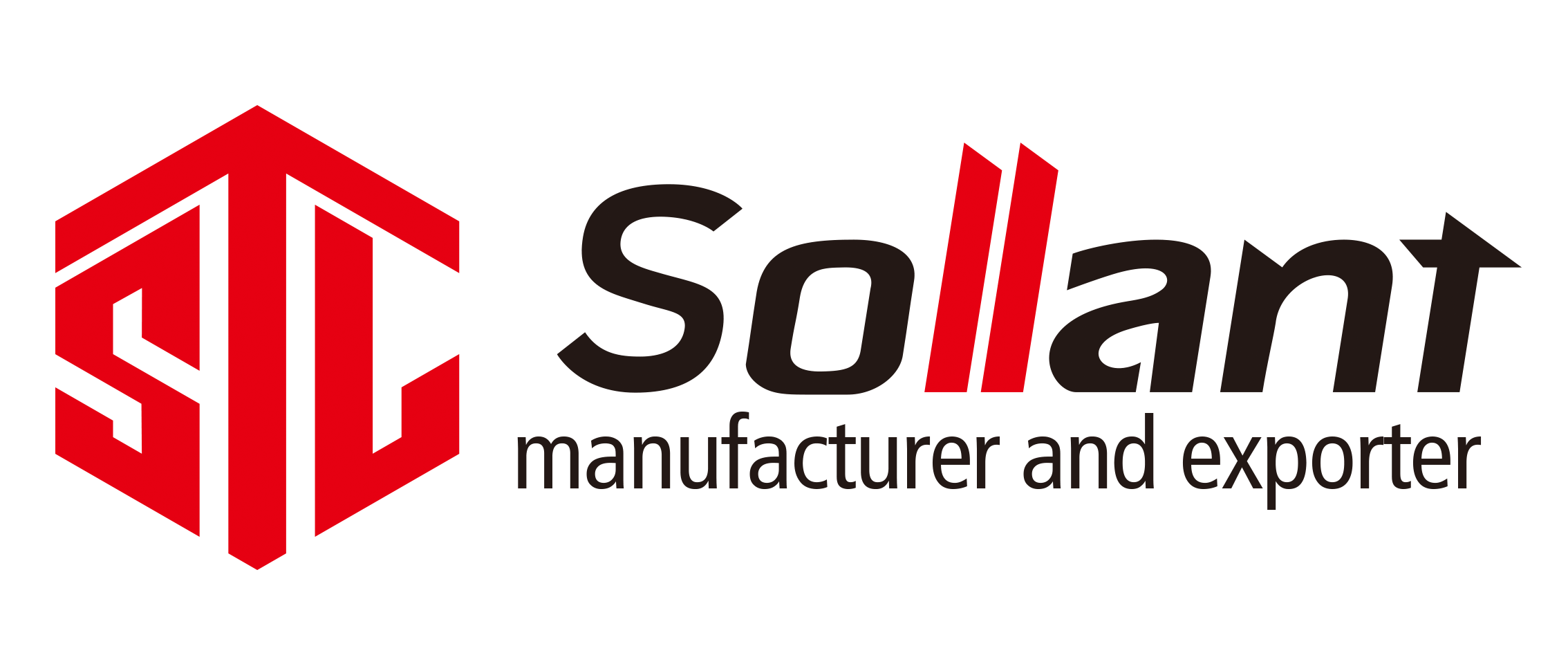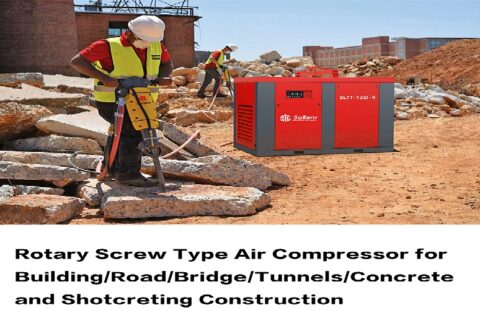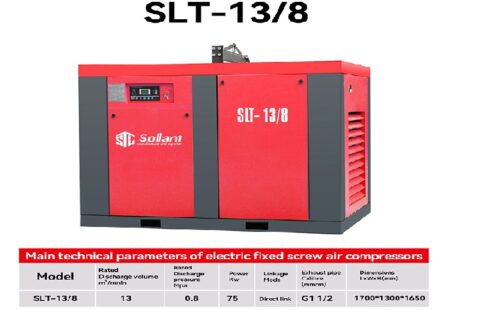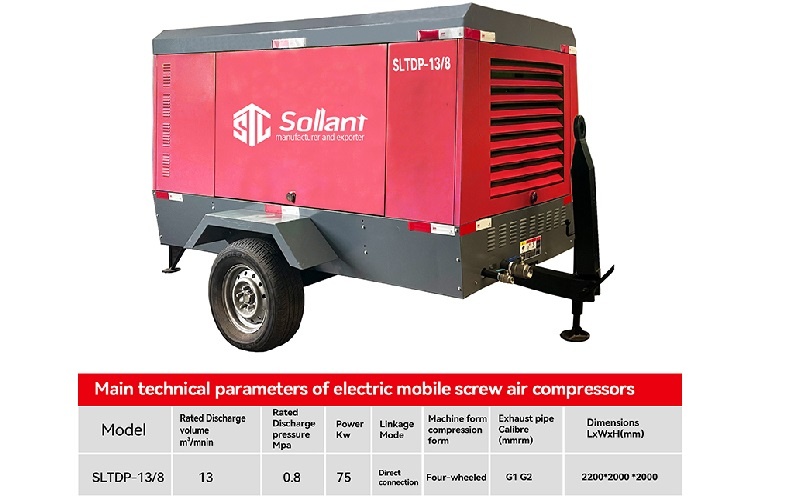
Maximizing Building Performance: Screw Air Compressor Technologies
Maximizing building performance involves utilizing the most advanced technologies, and screw air compressors offer several features that can improve building operations. Here are some examples of screw air compressor technologies that can help maximize building performance:
Variable speed drives (VSDs): Screw air compressors equipped with VSDs can adjust the speed of the compressor to match the required air demand. This means that the compressor only uses the energy needed, resulting in significant energy savings. Additionally, VSDs can help reduce wear and tear on the compressor, leading to lower maintenance costs.
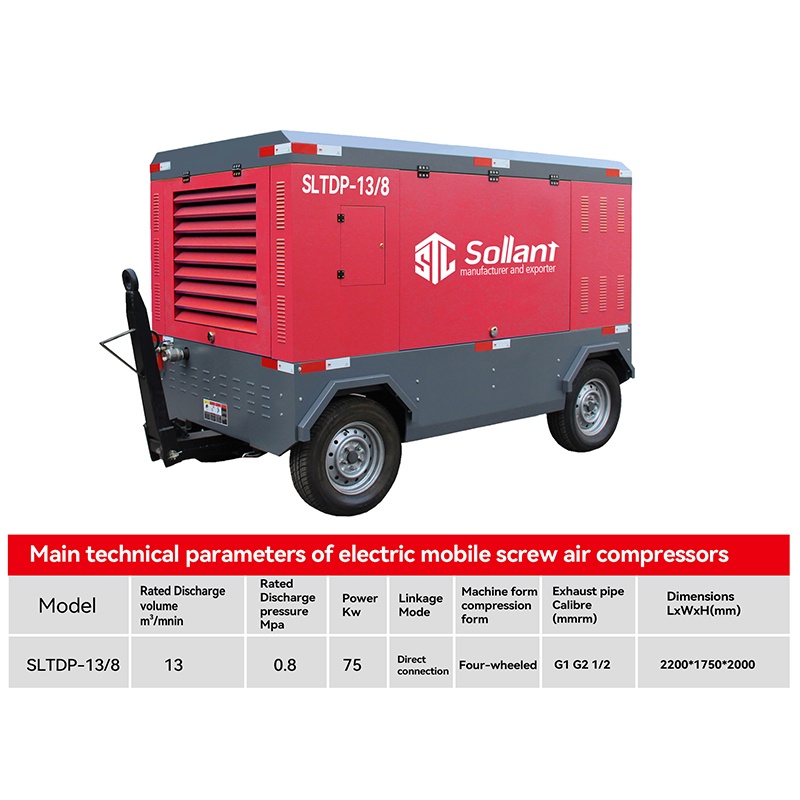
Oil-free compressors: Screw air compressors can be designed to be oil-free, which means they produce clean, dry, and oil-free compressed air. This is essential for many industrial and commercial processes and can help improve the quality of the air in the building and reduce the risk of contamination or damage to sensitive equipment.
Energy-efficient motors: Screw air compressors can be designed with energy-efficient motors, which can help reduce energy consumption and improve performance. High-efficiency motors can also help reduce the carbon footprint of building operations, promoting sustainability.
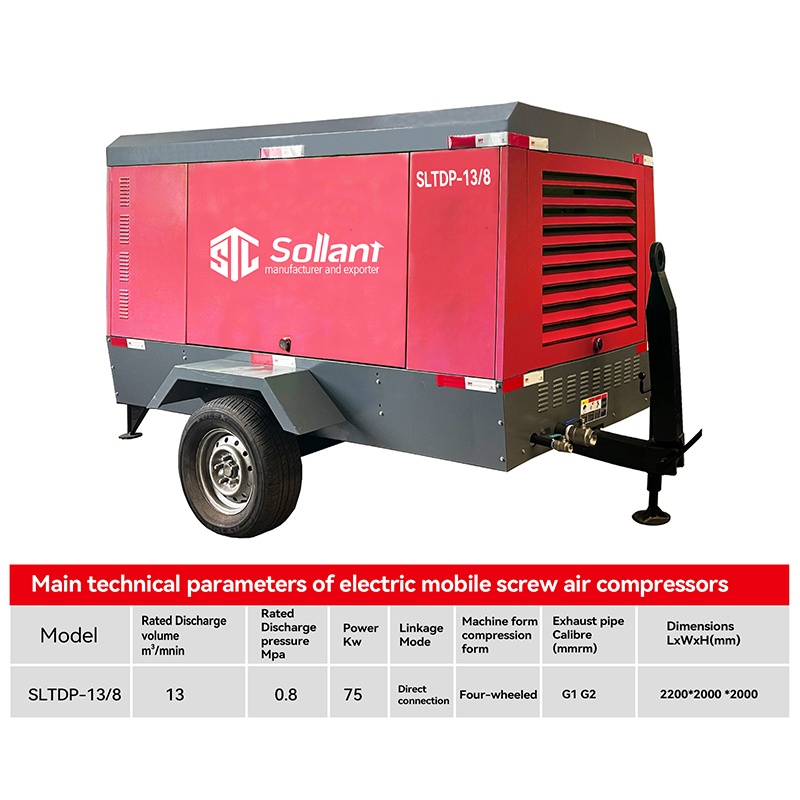
Digital control systems: Screw air compressors can be equipped with digital control systems that can monitor and optimize compressor performance. This can help reduce energy consumption, improve efficiency, and reduce maintenance costs.
Heat recovery systems: Screw air compressors can generate a significant amount of heat during operation. Heat recovery systems can capture this heat and use it to heat water or space in the building, reducing the need for additional heating systems and resulting in energy savings.
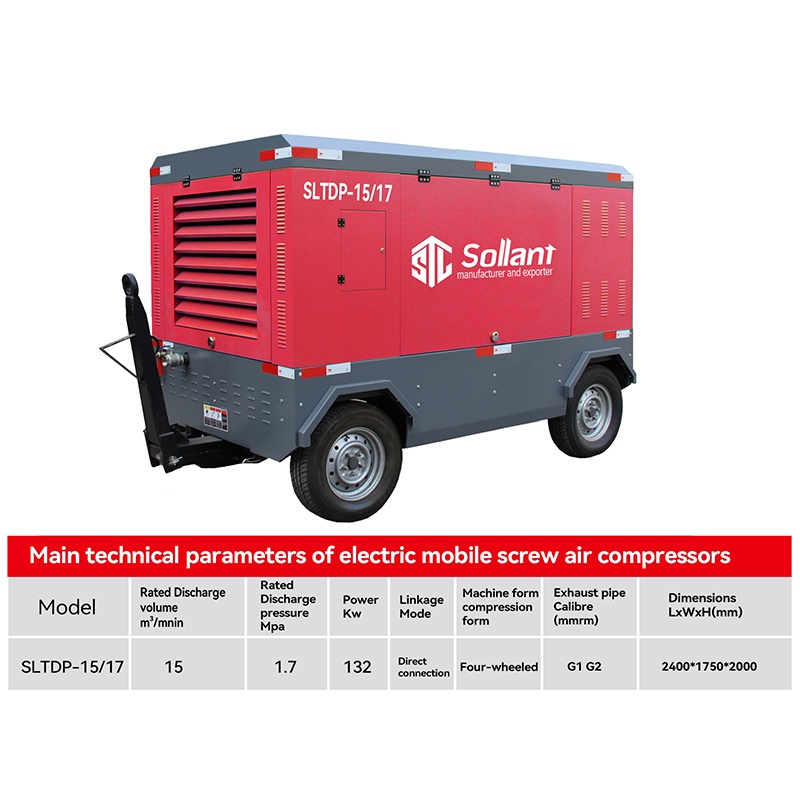
In summary, screw air compressor technologies such as VSDs, oil-free compressors, energy-efficient motors, digital control systems, and heat recovery systems can help maximize building performance by improving energy efficiency, reducing maintenance costs, improving air quality, promoting sustainability, and reducing the carbon footprint of building operations. By incorporating these technologies into building operations, building owners and operators can achieve a more efficient, cost-effective, and sustainable building operation.
Sollant Focus on Energy Saving.
